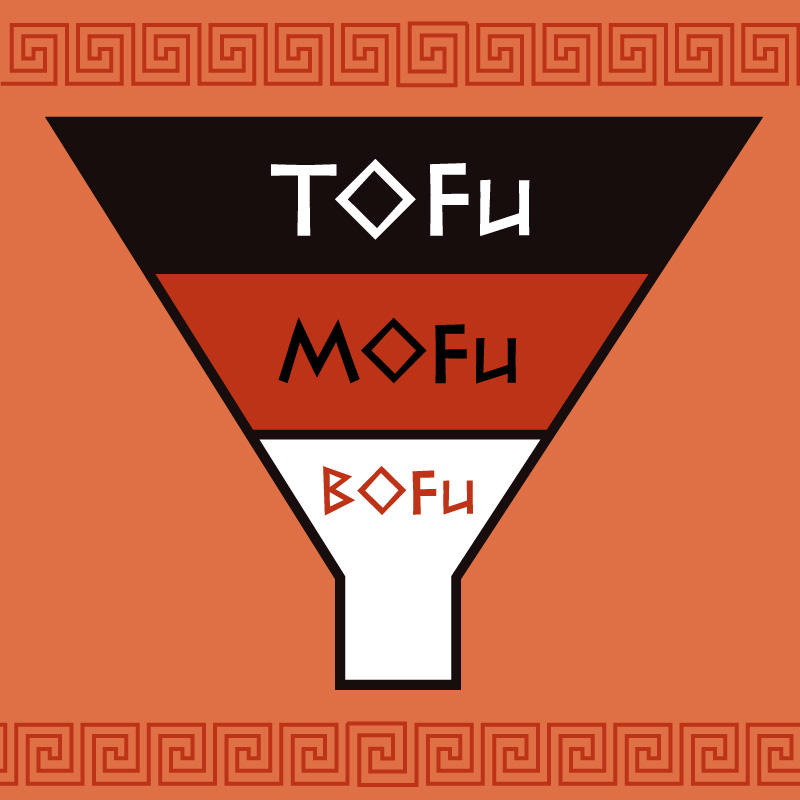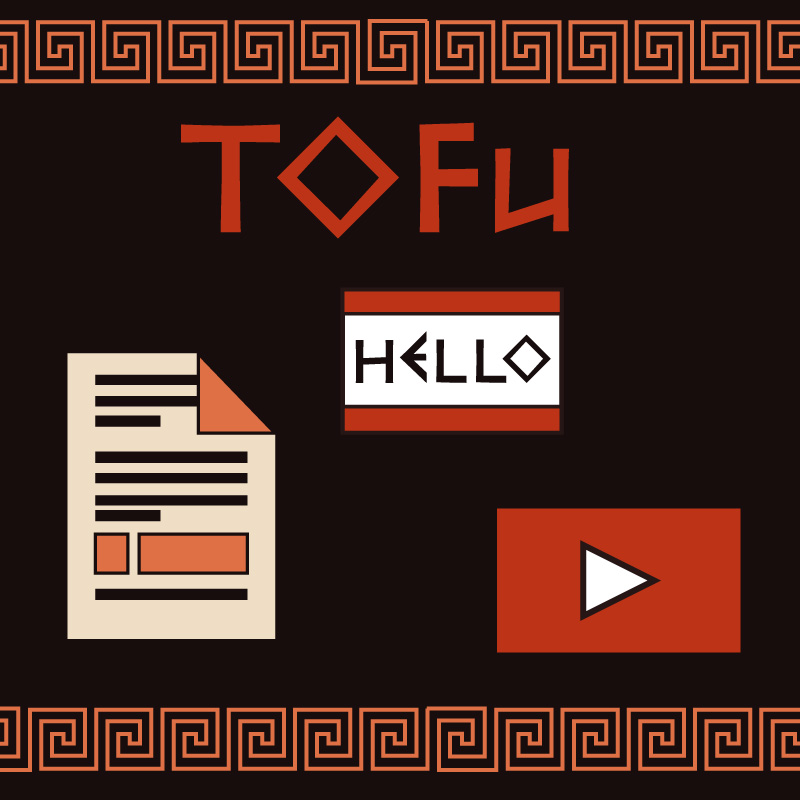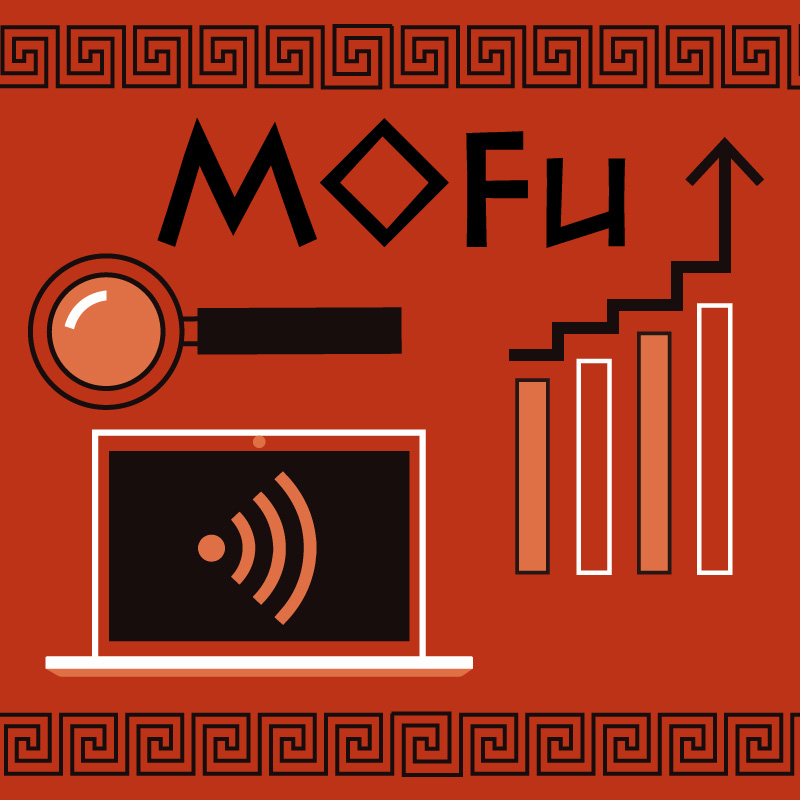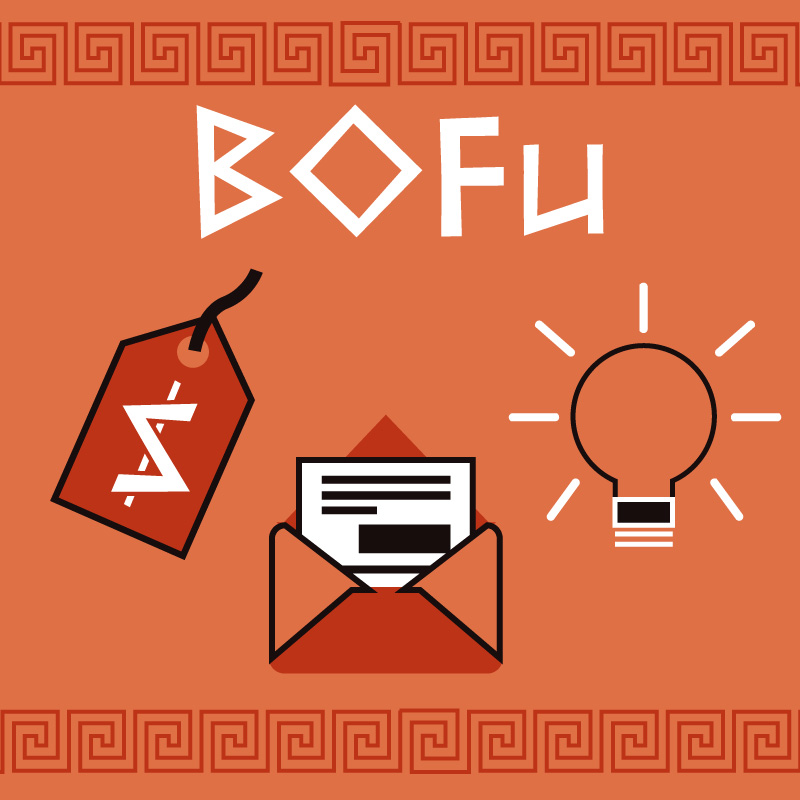The ancient Greeks had two ways to express time: chronos and kairos. Most of us are familiar with the former. Chronos is the sequential interpretation of time: a minute ago, you saw an intriguing headline, now you’re reading this article, and tomorrow you’ll come back to see what else is here.
Kairos is something very different, something much more personal — and for content marketers, far more useful. Merriam-Webster defines kairos as “a time when conditions are right for the accomplishment of a crucial action: the opportune and decisive moment.”
In rhetoric, kairos means adapting your writing to a specific setting or emotional circumstance, to better connect with and influence your reader. In content marketing, that means offering solutions that are perfectly timed and tailored to meet the specific needs of your customer, based on where they are in the sales cycle.
 When you think of a sales funnel, it’s tempting to think in chronological terms. First, you have lots of prospects, then you narrow the field and finally offer a sale. However, this view fails to consider what it means to be at each phase, what customers are looking for there, and — most importantly — where they are ready to go next.
When you think of a sales funnel, it’s tempting to think in chronological terms. First, you have lots of prospects, then you narrow the field and finally offer a sale. However, this view fails to consider what it means to be at each phase, what customers are looking for there, and — most importantly — where they are ready to go next.
Applying kairos to your content strategy will enable you to better interpret the needs of your prospective customers and easily move them through each stage of the sales funnel.
TOFu – Top of the Funnel

At this point, what do you know about your prospect?
- They want to learn.
They’ve searched for information, because they may be thinking of making a purchase sometime in the future. - They are not ready to buy.
They are still looking for the answer, trying to find out what solutions are available. - They don’t know you.
They have no reason to believe you can provide them with a decent solution, let alone the best one.
Obviously, your goal is to sell to these prospects, but that moment hasn’t arrived. These individuals are still just browsing. Understanding kairos means knowing when the conditions are right for a specific action, so as a content creator it’s your job to determine what action your prospect is ready for.
This is not the right time to sell, but it is the perfect moment to:
- Introduce your company.
- Educate your readers.
- Build trust by providing the answers they need.
Lists and how-tos are very effective at this stage because they provide a broad understanding of a topic, meeting that demand for knowledge. Informative newsletters can also be very effective, provided you don’t try to sell to your readers—you need to earn their trust first.
More so than at any other point in the funnel, keywords are crucial at the top. These prospects are actively looking for information, and you need to make yourself available to be found.
Without contact information, you have fewer automation options at the top of your sales funnel; however, there are still some strategies you should be using. Your blog and social media should have some level of automation to keep a steady flow of new, engaging content. Website customizations can begin the process of catering to a prospect’s individual interests. And make sure to ask for contact info whenever possible—the sooner you have it, the easier it becomes to provide automated, custom content right when it’s needed.
MOFu – Middle of the Funnel
As a prospect reaches the middle of the sales funnel, they’re seriously considering a purchase but need more information before making any final decisions:
- They understand their problem.
They’ve done some research. - They are looking for a solution.
They are trying to discover all their options to narrow down their choices. - They are seeking advice.
They are looking for the best solution and eager to find someone they can trust to advise them.
These prospects are still not ready to make a purchase, and actively selling to them could be disastrous. This is the moment to set yourself apart from the competition and win the prospect’s trust.
In most cases, these readers are reaching your MOFu content because your TOFu content appealed to them in some way. Now they are looking to learn more about you, so your content should:
- Explain how your solution will solve their problem.
- Present your company as an expert or thought leader in their area of concern.
- Build trust through evidence, such as customer testimonials or research studies.
Assuming your content accomplishes these things, now is also the perfect moment to capture their contact information. If they’re impressed by what they’ve read, they’ll be happy to learn more from you. On the other hand, if they don’t provide that information, it’s an indication that you haven’t met their immediate needs and should rethink your approach.
Once you have their information, you can continue to draw them down the funnel, further building that trust through automated newsletters, email drip campaigns, authoritative white papers, and targeted customer stories.
At this stage, it’s critical to tailor information based on previous responses and interactions. If a prospect hasn’t opened your last two emails, your outreach should automatically be adjusted. Send different content, use different channels, etc. For your more-engaged prospects, build on your previous communications and lead them further down the tunnel.
BOFu – Bottom of the Funnel
At no point in the sales cycle is paying attention to kairos more important than at the bottom of the funnel. At this stage, the clock is ticking, and if you don’t respond with exactly the right content, addressing the precise need of your prospect, you risk losing that sale forever.
By the time a prospect reaches the bottom of the sales funnel, they are a highly-qualified lead:
- They know what they want.
They’ve been through all the education you’ve thrown at them, and they’ve done plenty of research on their own. - They are looking for a reason to buy your product.
They know the solution they need, but they haven’t figured out who offers the best version. They are looking to you to provide evidence of your product’s superiority.
This is the most “opportune and decisive moment” to prove your value and close the sale. To do that, you need to build on what they already know and present your solution as the absolute best choice. Your content should:
- Re-emphasize the problem, so they know you understand their needs.
- Offer proof that your solution is the best for them.
- Close the sale.
Case studies, product sheets, and more testimonials are highly effective at this stage. Call attention to the things that set your solution apart, and take every opportunity to call attention to your many satisfied customers.
By this stage, you should be taking full advantage of automation to send new resources and offers via email, text message, app push notifications, and anywhere else you’re interacting with the potential customer. This is also the perfect time to trigger website customization—if they’re looking at your product sheets for Product X, send them a follow-up email with a special offer.
Most importantly, every piece of communication you create here needs to provide an opportunity to make a purchase. Your readers are ready to buy, and if your content does its job right, they should be ready to buy from you. Give them an easy path to do so.
Are you ready to master kairos in content marketing?
Great comedians are experts at the use of kairos. Without perfect timing — that exact combination of setting, circumstance and set-up — a joke will fall flat, regardless of how well it’s told.
The same is true for a content marketing campaign. If you push for a sale too soon, you’ll scare away the prospect. If you fail to close in time, you’ll lose them to someone else. If you misread their need for more information, you’ll miss an opportunity to prove your knowledge and win their trust.
Effectively leveraging content marketing within your sales funnel is about anticipating the answers your prospects need and when they’ll need them. Imagine your prospects are all riding an escalator, and at each floor they are offered ten new escalators, each leading in ten different directions. They can get off or change course at any moment. It’s up to you to provide the perfect enticement on each floor to keep them following your path all the way to the bottom.
To learn more about the art of timing, re-imagine approaching time as a “how” and apply a whole new way of thinking of time management and behavior — and how it relates to peoples’ needs.





